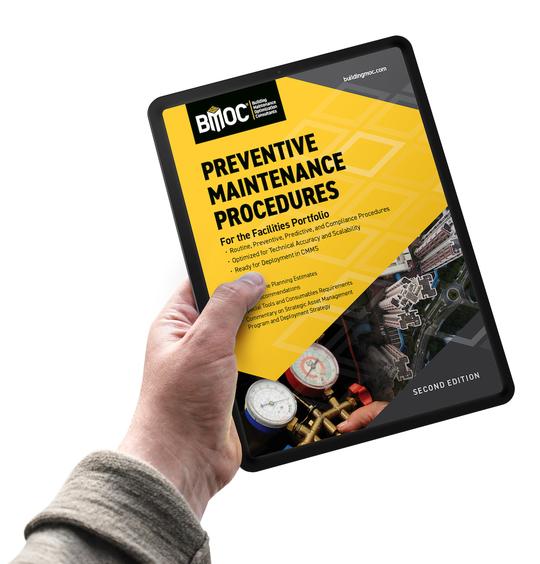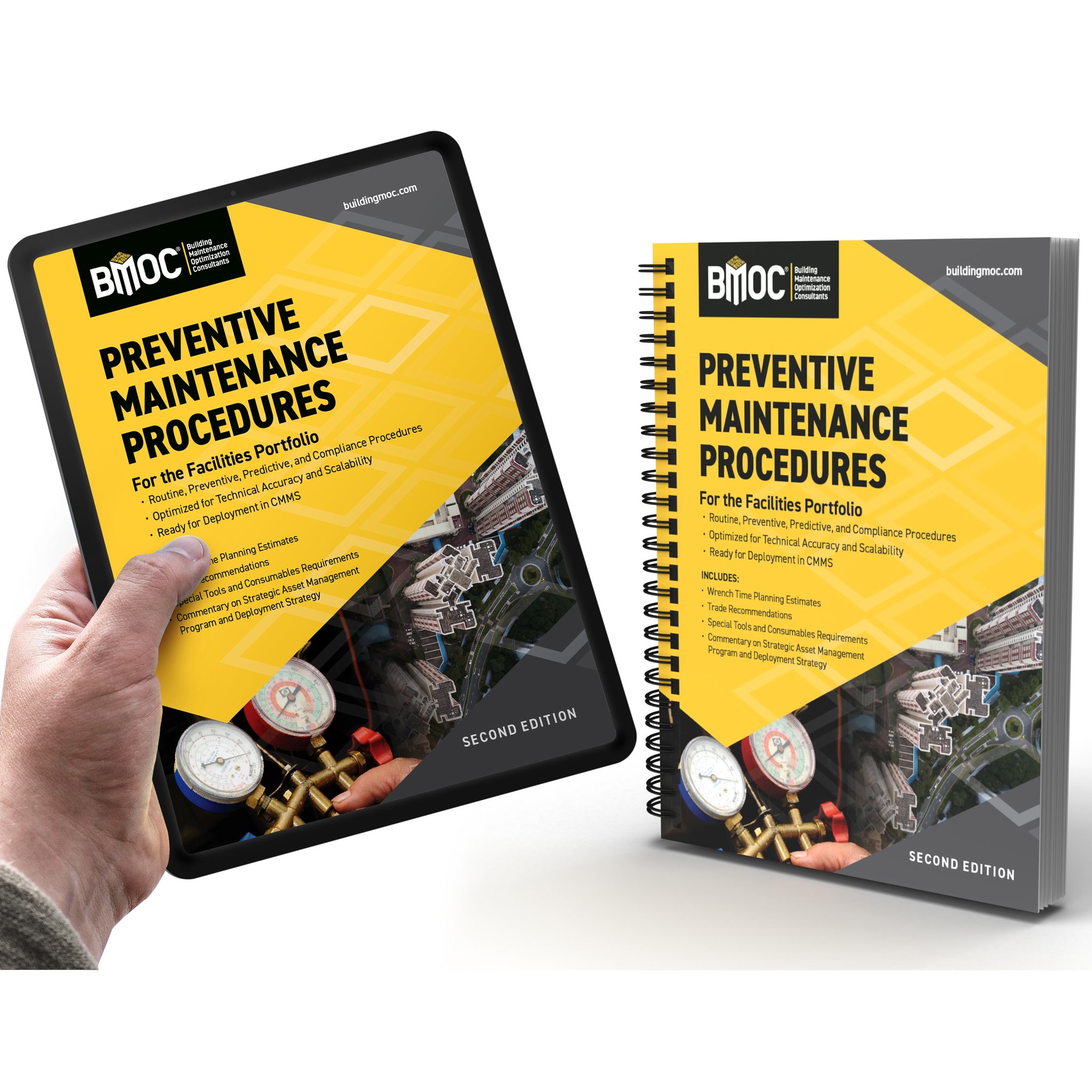So, what was for lunch?
I went to the local buffet luncheon and had a little of everything.
When you were young, what did you want to be when you grew up?
Test pilot.
What's playing in your car stereo?
Led Zeppelin.
What's the most memorable piece of engineering advice you ever received?
Bob Campbell from Hemisphere Engineering in Edmonton Canada defined scope by using the analogy of how much effort it would take to design a chair. To quote: "When do you stop designing a chair?" He would leave it to the listener to realize that it would depend on whether the chair was a fold-up for the church social or an ejection seat for a stealth aircraft. Bob said this long before I read Stephen Covey's Seven Habits ..., with one of those famous habits being, "Begin with the end in mind."
What habit could the design and/or facility maintenance community change or adopt right now that would make a real difference in the final product?
Learn and apply systems knowledge to every aspect of a facility. Too often, elements of a building are treated as components. This behavior does not give adequate attention to system effect. Such behavior is not purposeful or malicious; its origin is in a lack of education or training. Imagine driving your car with one foot on the gas and the other on the brake, or with the heat on full while the windows are open.
Project or assignment you were particularly proud of, and why?
Lockheed Martin Astronautics privileged us with the award to commission the environment control systems at their new space launch complex; Space Launch Complex 41 is located at Cape Canaveral, Florida. Then they shared with me the honor of attending the inaugural launch. It was thrilling watching the rocket take off on time, under control, and deliver its payload intact to the correct orbit.
Watching that vehicle flawlessly leave the launch pad while knowing we played a part in verifying performance of the systems that maintained the satellite's environment was truly a highlight in my career.
The most important development in HVAC over the last ten years?
I call it "the hard facts about soft costs."
Improvements in technology have yielded higher construction productivity. HVAC has also benefited greatly from sweeping advances in equipment and systems capability. The net effect of these enhancements is a more capable and complex system for roughly the same dollar.
Similar to the computer industry of old, HVAC soft cost system design and installation dollars are derived as a percent of capital investment. This business model yields fewer hours of soft cost investment resulting in lower quality assurance, limited performance validation, no system optimization, and barely recognizable technology transfer.
The hard fact result is many modern installations fail to perform to the owner's or anyone's expectations. Confidence that HVAC systems will deliver good air quality and consistent thermal comfort in an efficient manner has eroded.
One barometer of this reality is best represented by the behavior of professional liability underwriters. Claims are going up driving increased premiums. Even the language is changing to a defensive posture - inspections are now observations.
Aren't building codes designed to protect the public, ensuring performance?
The foundation of most, if not all, building codes is life safety. For example, the National Electric Code is published by the National Fire Protection Association not the Institute of Electrical and Electronics Engineers.
The Building Owners and Managers Association conducted a comprehensive tenant survey in 1999. In that survey the most important item was comfortable temperature with indoor air quality coming in second. Both items have well published standards. However, one can not rely on codes or code officials to ensure consistent comfort or persistent air quality.
This is up to the owners. Owners that want consistent comfort and persistent air quality will need to put in place standards of performance for their facilities and require audit measures to verify success.
The most important development in HVAC over the next ten years?
The methods through which HVAC systems are delivered, verified, and maintained will improve to align realizable performance with available technology. Soft investments will be made in quality assurance measures. These measures will be similar to those made in performance based industries (i.e. commissioning).
Realizing tangible consistent performance from HVAC systems will be the most important development in this industry. That will build trust in technology and yield continuous improvement.
You can have one dinner with any four people, living or dead. Who do you invite?
Aside from friends and family, I would enjoy dining with:
Ten directives for a new engineer:
- Read voraciously
- Listen carefully
- Observe everything
- Ask questions
- Take notes
- Improve continuously
- Define tasks
- Maintain scope
- Control projects
- Be organized
To view other Engineer Snapshots, click on the link(s) below.



